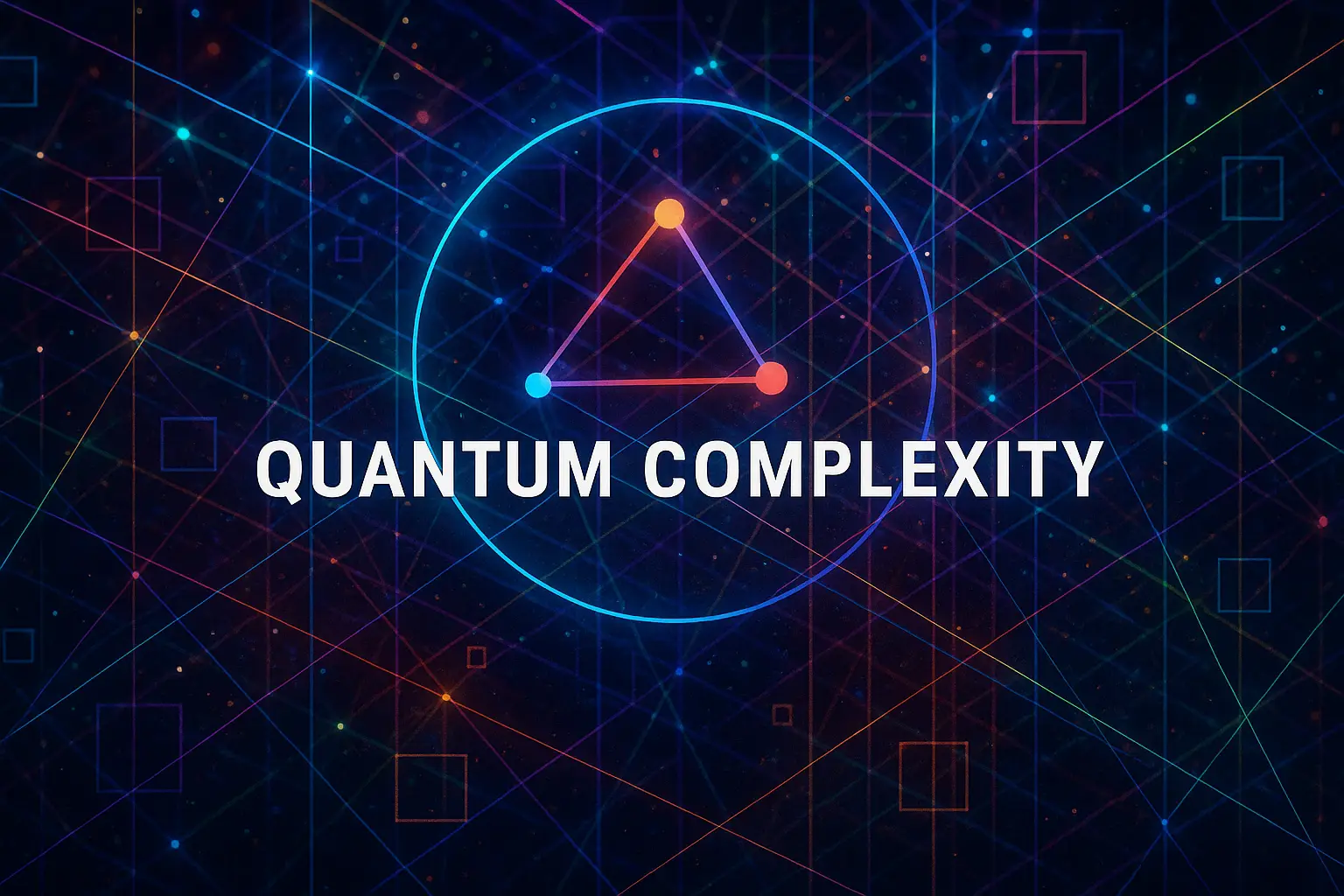Table of Contents
- Introduction
- Why Graph Problems Matter in Quantum Computing
- Graph Representation in Quantum Systems
- Quantum Walks and Their Graph Applications
- Element Distinctness and Collision Finding
- Triangle Finding in Graphs
- Graph Connectivity and Minimum Spanning Trees
- Shortest Path and Distance Estimation
- Quantum Algorithms for Maximum Flow
- Matching and Bipartite Matching
- Graph Coloring and Chromatic Number
- Quantum Search for Subgraphs and Motifs
- Quantum PageRank and Network Centrality
- Graph Property Testing
- Quantum Spectral Algorithms for Graphs
- Quantum Linear Algebra for Graph Computation
- Quantum Approximation Schemes
- Lower Bounds and Limitations
- Applications to Chemistry, ML, and Networks
- Future Directions and Open Challenges
1. Introduction
Graph problems are central to computer science, modeling systems ranging from social networks and communication to chemistry and machine learning. Quantum algorithms offer potential speedups for key graph tasks, enabling faster analysis of large and complex networks.
2. Why Graph Problems Matter in Quantum Computing
Many natural problems—search, optimization, learning—can be expressed over graphs. Efficient quantum algorithms for such problems can improve processing of massive-scale data, where classical algorithms are limited by time or space.
3. Graph Representation in Quantum Systems
Graphs are encoded using:
- Adjacency matrices (dense)
- Adjacency lists (sparse)
- Oracles for neighborhood queries
- QRAM structures for index-based access
These representations influence algorithm complexity and simulation cost.
4. Quantum Walks and Their Graph Applications
Quantum walks generalize classical random walks. They form the basis of several graph algorithms by enabling amplitude amplification in structured graph spaces. Applications include element distinctness, search, and hitting time analysis.
5. Element Distinctness and Collision Finding
Ambainis’ algorithm for element distinctness uses a quantum walk over the Johnson graph. It achieves \( O(n^{2/3}) \) time, improving over classical \( O(n) \). It’s useful in hash-based graph labeling and comparison.
6. Triangle Finding in Graphs
Quantum walk-based triangle finding achieves time complexity of \( O(n^{1.3}) \), improving over the classical \( O(n^{1.41}) \). The algorithm traverses edge and vertex triplets in superposition to detect closed cycles.
7. Graph Connectivity and Minimum Spanning Trees
Quantum algorithms using Grover’s search and quantum Borůvka variants help check connectivity and build MSTs more efficiently, especially when edge weights are queried via oracles.
8. Shortest Path and Distance Estimation
Quantum versions of Dijkstra’s or Bellman-Ford algorithm use amplitude estimation and quantum data access to estimate path lengths with fewer queries under certain assumptions.
9. Quantum Algorithms for Maximum Flow
Quantum linear system solvers (e.g., HHL) and combinatorial Grover search offer strategies to approximate maximum flow in capacitated networks. These remain mostly heuristic or hybrid due to classical bottlenecks.
10. Matching and Bipartite Matching
Quantum algorithms can solve bipartite matching via quantum walks and search. For general graphs, matching is often tackled using reductions to linear systems or optimization problems.
11. Graph Coloring and Chromatic Number
While no general efficient quantum algorithm is known, quantum annealing and variational techniques offer heuristics for graph coloring and estimating chromatic bounds.
12. Quantum Search for Subgraphs and Motifs
Grover-style search over subgraph templates is used to detect cliques, cycles, or motifs. This is important in network biology, chemistry, and social graph analysis.
13. Quantum PageRank and Network Centrality
Quantum walks enable faster mixing and centrality estimation. Algorithms simulate the Google matrix and compute eigenvectors using phase estimation for faster PageRank approximations.
14. Graph Property Testing
Quantum testers for graph expansion, bipartiteness, and planarity exploit quantum query models to test properties with fewer edge inspections than classical algorithms.
15. Quantum Spectral Algorithms for Graphs
Spectral algorithms involve eigenvalues of Laplacians or adjacency matrices. Quantum techniques (e.g., quantum phase estimation, HHL) are used to estimate spectra or simulate graph dynamics.
16. Quantum Linear Algebra for Graph Computation
Graph Laplacians lead to large sparse linear systems. Quantum solvers can be used for resistance distance estimation, clustering, and embedding tasks in graphs.
17. Quantum Approximation Schemes
For hard graph problems, quantum approximation schemes (e.g., QAOA) offer variational strategies that provide good-enough solutions faster. These are valuable for graph cut, coloring, and partitioning.
18. Lower Bounds and Limitations
Query complexity lower bounds show limitations of quantum speedups for certain graph problems. Many results are oracle-based, and general separations from classical complexity remain open.
19. Applications to Chemistry, ML, and Networks
- Molecular structure analysis
- Neural graph embeddings
- Fraud detection in networks
Quantum graph algorithms serve across science and industry by accelerating key data analysis tasks.
20. Future Directions and Open Challenges
- Scalable QRAM access for graphs
- Hybrid quantum-classical graph solvers
- Circuit depth vs advantage tradeoffs
- Extending algorithms to dynamic and hypergraphs
Quantum algorithms for graph problems offer speedups and new strategies for analyzing structured data. With continued progress in algorithm design and hardware scalability, they may become essential tools for next-generation graph analytics.


